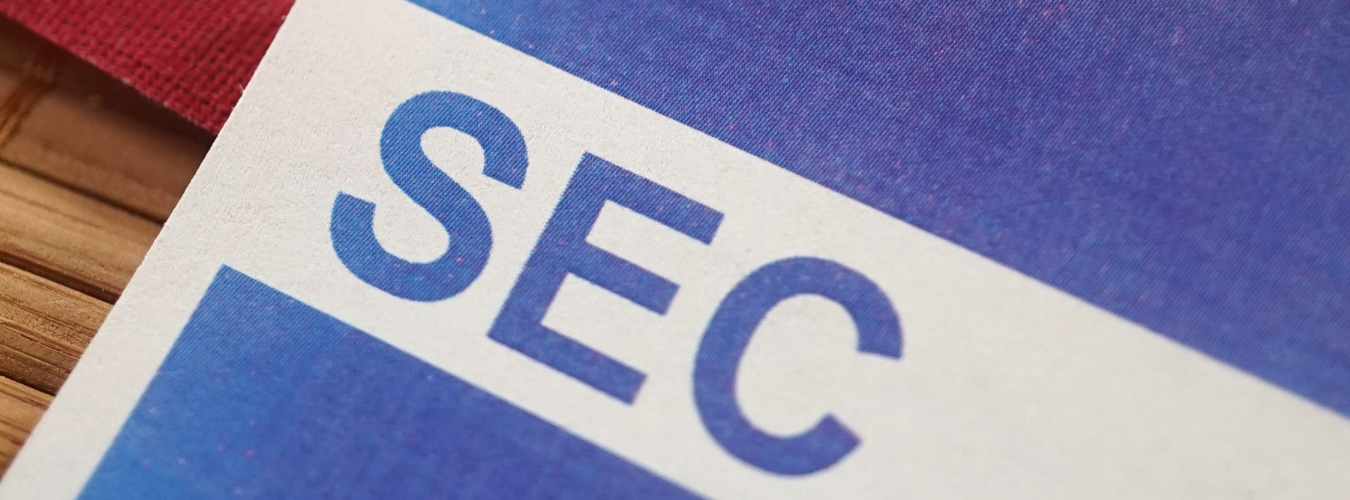

S&P 500 companies‘ buybacks hit a record $923 billion in 2022, expected to exceed $1 trillion in 2023 (per S&P Dow Jones Indices). However, this activity is about to face more stringent oversight due to the SEC’s new rule. The U.S. Securities and Exchange Commission (SEC) has unveiled a new rule requiring increased disclosure on share repurchases, sparking heated debates and apprehensions in the corporate world. The new rules require an issuer to disclose detailed periodic information about share repurchases in their SEC filings. The rule was proposed in April 2022, and the final amendments were adopted on May 3, 2023, after several comment periods. It requires tabular disclosure of an issuer’s repurchase activity on a daily basis, disclosed periodically. The table must include various details like the class of shares, the average price paid per share, the number of shares purchased, and others. There is also a requirement for narrative disclosures detailing the rationale for the issuer’s share repurchases, the process used to determine the amount of repurchases, and any policies and procedures relating to purchases and sales of the issuer’s securities by its officers and directors during a repurchase program.
a. Increased Transparency
This rule change requires companies to report daily buyback amounts at each quarter’s end/ semi-annually depending on the type of issuer. Moreover, companies must indicate if their officers and directors engaged in trading within four days of a buyback announcement.
b. Additional Costs
The new rule also necessitates companies to share their buyback rationales and insider trading limit policies. This change aims to ensure a transparent buyback process, though it carries an estimated collective paperwork burden of $2.84 billion across all companies.
a. Compliance with New Disclosure Requirements
Navigating these new regulations will undoubtedly be challenging for businesses. Compliance could make executing share-repurchase programs more complicated.
b. Potential Legal Action
The U.S. Chamber of Commerce has mentioned the possibility of litigation to block this rule. Such legal battles could delay the rule’s implementation and add to the uncertainties.
c. Possible Unintended Consequences
Although the rule aims to ensure transparency and curb insider trading, it might create unintended consequences. These may include decreased liquidity, disrupted market stability, and a shift towards alternative capital return mechanisms like dividends.
a. Companies Overcoming New Rule Hurdles
Despite new requirements and potential hurdles, companies are expected to adapt and comply with the new rule. Share buybacks remain an attractive option compared to dividends as a capital-return mechanism.
b. Creation of Responsive Policies and Procedures
The adjustment period will likely witness confusion as companies create responsive policies and procedures. But as companies work through the initial round of disclosures, more clarity will emerge.
Conclusion
The SEC’s new rule on share repurchases is a significant development in U.S. corporate finance. As businesses adapt to this change, the financial landscape will undoubtedly transform. While some hail it as a step towards greater transparency, others worry about its unintended consequences. One thing is clear, though – navigating this change will require adaptability, diligence, and an unwavering commitment to protecting investor interests
FAQs
Link for SEC Press release: Click here
Source:
https://www.wsj.com/articles/sec-buyback-disclosure-rule-stirs-worry-over-costs-and-compliance-d31548fa
https://katten.com/navigating-the-regulatory-landscape-sec-adopts-new-rules-requiring-increased-disclosure-on-stock-buybacks-including-quarterly-reporting-of-daily-repurchase-activity
https://www.kirkland.com/publications/kirkland-alert/2023/05/sec-adopts-new-share-repurchase-disclosure-rules
https://www.davispolk.com/insights/client-update/sec-mandates-new-disclosures-stock-buybacks
The views in all sections are personal views of the author.